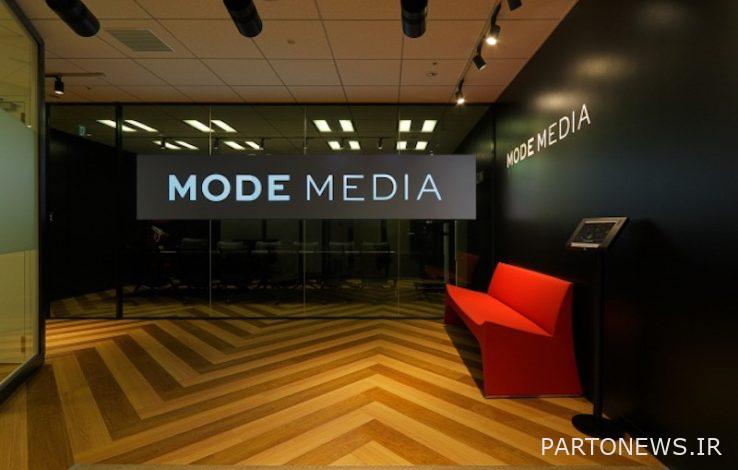Fashion Media, the death of a lifestyle website

In the startup environment, it is a habit to talk about successes to keep our hopes alive for the future, but it is a big mistake to forget the failures of the past and not benefit from the experiences of the past. For this purpose, the Ecomotive team has collected the experiences of a series of failed startups, so that reviewing their failed stories may be a basis for the success of new startups in Iran’s startup community. This collection will be published and made available to the audience in the form of the story of failure. We review the first part of this series, which deals with the story of the failure of the Mod Media startup.
Mod Media first started its work as a women’s lifestyle website and gradually changed its policy and instead of focusing only on women, it targeted a wider audience. The company received a total of about $225 million from Silicon Valley venture capital firms and several other investors.
- In 2005, Mode Media launched Mode.com during New York Fashion Week. The website operated among 20 lifestyle groups and channels, including: women’s clothing, fashion, beauty, men’s lifestyle, health and wellness, parenting, recipes and restaurants, and entertainment, music and movies.
- to report comScore In June 2007, Mod Media was ranked #1 among women’s websites in the United States. In September 2007, this company launched its first exploration product called “Galam Curator” and started putting the word “Blindnessas a way to filter content in social networks.
- This company, in January 2009 Personiva And in September 2011, Ning bought the A social media platform that allowed users to create custom social networks.
- Media fashion in 2014, Mode Studios launched to produce its own portfolio of first-run films and entertainment and digital films in New York, San Francisco and Los Angeles. Mod Media launched the Mod Media movie streaming platform in 2015.
In 2015, Mod Media’s revenue reached $100 million per year, but this growth has stalled and, according to a board member, the company lost about $10 million in one year. Financial mismanagement and high-cost innovations were listed among the causes of this incident.
It is also said that Arora – the CEO of the company – had a lavish lifestyle and personality that was obvious to everyone. From his expensive jackets and pants to the rumors surrounding his life that he spends the company’s property for his personal use. Although the inspections acquitted him of these accusations, the atmosphere of distrust that had arisen in the company caused him to be removed from the position of CEO. Later, Anderson, who was one of the pioneers of the company and one of the influential members of the board of directors, resigned from his position without any explanation after the sale of the social network Ning to Condex.

Finally, Jack Rotolo took the position of CEO, although he had a difficult task ahead of him. Rotolo did not have the ability to manage the situation and was not trusted by the company members. Multiple problems forced him to lay off 30 people in June, further escalating tensions. The problem was that the CEO implemented his decisions without any explanation and did not interact with his employees. Finally, Rotolo, who had lost faith in the company and hope of salvation and found himself unable to attract more capital, decided to close Mod Media.
In the coming days, we will share more startup failure stories with you. Failures that the right look at them can provide the basis for our success!
Study proposal
How do you rate this article?


